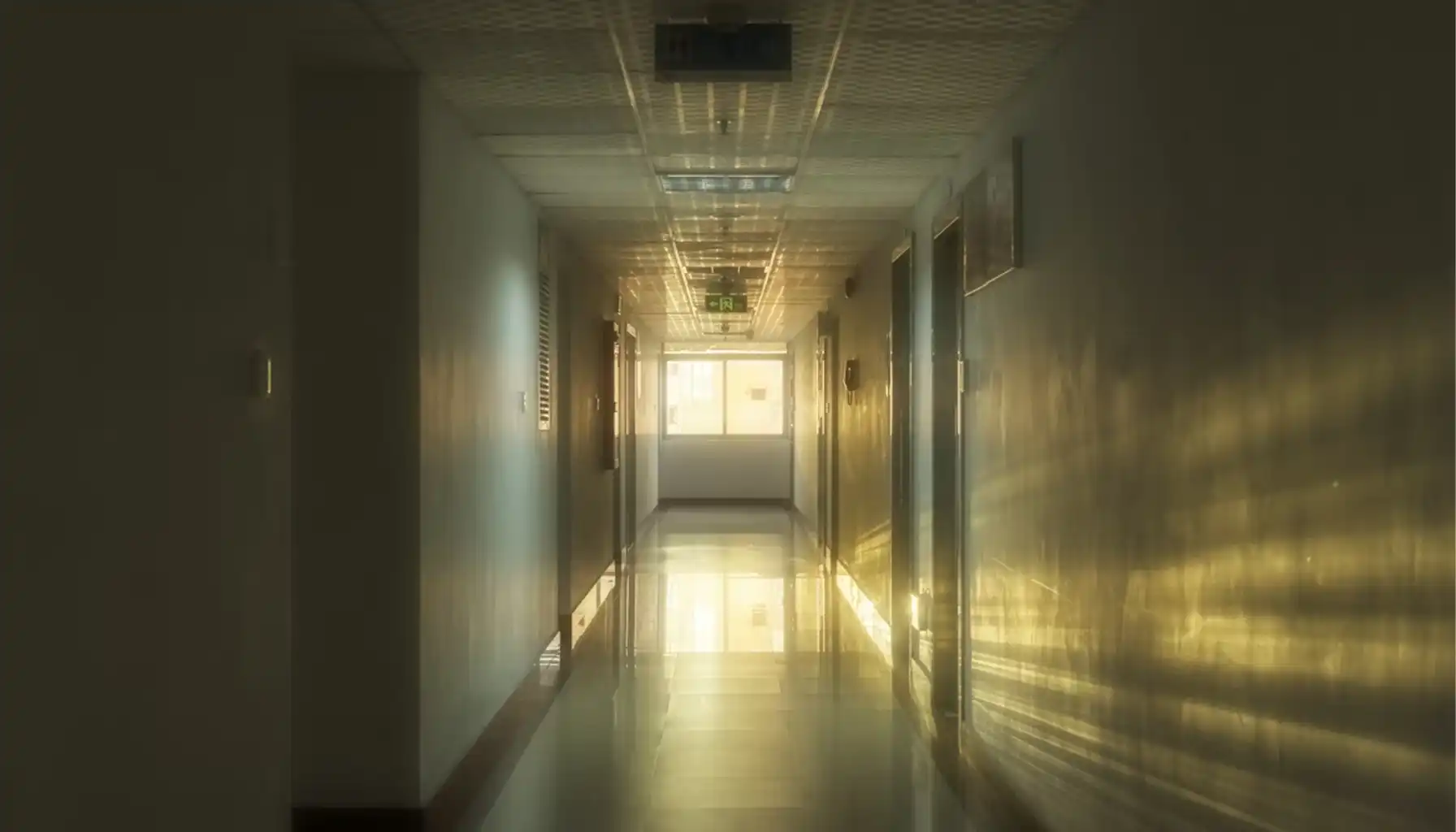Contents:
Living with anxiety is difficult, but when the fear is directed at your own mind, it becomes a constant stress. Dementophobia describes a condition in which a person is afraid of “going crazy” or losing touch with reality. It is not just a worry like “what if something is wrong with me” but a persistent anxiety disorder that limits life and requires the attention of specialists.
People wonder: What is dementophobia, and why can it be so paralyzing? To get a clearer picture, it helps to look at the signs, possible risk factors, and the ways support can be found.
Simple cognitive practices are useful for self-help — for example, regular brain training exercises through Mind Elevate that improve attentional stability.

Dementophobia Definition and Background
Dementophobia Meaning in Clinical Context
This term refers to an irrational fear of losing one’s mind or losing touch with reality. It’s a type of anxiety disorder that falls under the category of specific phobia.
Unlike generalized anxiety, there is a clear trigger — the thought of one's own "abnormality." A person perceives normal stress reactions as signs of impending psychosis, which triggers a cycle of "fear → symptoms → increased fear."
Historical Roots and Cultural Stigma
For centuries, mental illness has been viewed through the lens of fear: once associated with possession or “tainted blood.” In the 20th century, horror stories about closed psychiatric hospitals made the word “madness” almost synonymous with a death sentence.
Even now, TV series and movies often portray psychiatric hospitals as dark places, adding fuel to the flames for those already prone to obsessive thoughts.
Dementophobia Symptoms and Early Signs
Emotional and Сognitive Patterns
Symptoms may include:
obsessive thoughts about losing control of the mind;
constant doubt about the normality of one's behavior;
fear of unusual thoughts and analysis of one's own thinking;
avoidance of any mention of mental illness;
increased anxiety when watching the news about psychiatry.
Physical Manifestations
Phobia is rarely limited to thoughts. The body reacts: the heartbeat quickens, trembling and dizziness appear, a feeling of nausea appears. Sometimes this develops into panic attacks with the feeling that “I’m going crazy right now.” Some experience the phenomena of derealization and depersonalization: the world feels unreal, and the body is alien.
Everyday Life Impact
Social and Work Limitations

Living with this fear limits freedom: some avoid professions related to medicine or psychotherapy, others cannot concentrate on their studies because they see every worry as a threat to their sanity. Even friendly conversations about the psyche can become a trigger.
Trust and Relationships
Lack of self-confidence shows up in relationships. A person can endlessly ask their partner: "Do I look okay?", "Did I say something strange?" Over time, this tires both parties and reduces the quality of communication.
Causes of Dementophobia
Heredity. Some people are born with a more sensitive nervous system, so they react more strongly to stress. If there were cases of anxiety disorders in the family, the chance of developing a phobia is higher.
Parental reactions. When a child sees that adults react anxiously to the slightest "oddities" in behavior, he adopts this pattern and begins to fear for his mind.
Traumatic events. A strong emotional shock — a difficult divorce, the loss of a loved one, a serious illness — can trigger a fear of losing control over the mind.
Sensory sensitivity. Some people are more vulnerable to internal sensations: they listen to every change in the body or mood, exaggerate their significance, and get scared.
Loneliness and lack of support. When there are no people around with whom you can share your experiences, anxiety intensifies and becomes fixed as a phobia.
Misinterpretation of symptoms. Ordinary fatigue, a sleepless night, or temporary mood swings can be perceived as “proof” of impending madness.
Is Dementophobia Common?
There is little research, so the question remains open. In general, specific phobias occur in 10-12% of the population, and although this type is less common, it can be no less destructive.
Women, people with hereditary anxiety, and those who have experienced severe stress are more vulnerable. The risk increases with age: older people think more about health and aging, which increases anxiety.
Diagnosis and Assessment

When a person suspects that they have this fear, the doctor can suggest questionnaires and an interview — a kind of dementophobia test. These are not blood tests or brain scans, but a series of questions about experiences and reactions.
The specialist's task is to distinguish this fear from other conditions: depression, obsessive-compulsive disorder, or panic attacks. The DSM-5 criteria are used, which describe the signs of specific phobias.
Dementophobia Treatment Approaches
Psychotherapy Options
Dementophobia treatment most often involves working on thoughts and behavior. Cognitive behavioral therapy is effective here, where a person learns to notice distorted interpretations and replace them with more realistic ones.
Exposure methods also help: the specialist gradually returns the patient to frightening thoughts, reducing the level of anxiety.
Medical Support
Sometimes medications are prescribed to treat anxiety or stabilize sleep. They do not eliminate fear completely, but provide support to engage in therapy. In severe cases, a combination of medications and psychotherapy is possible.
How to Overcome Dementophobia in Daily Life
Psychologists remind us: dementophobia is a fear of losing control over the mind, and it can only be overcome through gradual steps. Help:
Breathing and relaxation techniques. A few slow breaths in and out help reduce anxiety in the moment.
Keeping a diary. Writing down thoughts and small victories is useful to see the progress, and not just moments of fear.
Planning small steps. For example, first read a short article about psychiatry, and later discuss the topic with a loved one.
Limiting the endless search for symptoms. Instead of chaotic "googling", it’s better to choose reliable books or proven sites.
Focus on the positive details of the day. Even a short walk or a pleasant conversation can become sources of support.
Visualization of calm scenarios. Imagining yourself in a safe place reduces the power of obsessive images.
Anchor phrase of support. An agreement with a loved one on a simple remark like "you're okay" restores a sense of security.
Regularly track your progress. Writing down even the smallest successes is important: over time, they add up to a noticeable result.
If anxiety lasts longer than six months, interferes with work and relationships, or is accompanied by panic attacks, it’s time to contact a specialist. The sooner help begins, the higher the chance of a smooth recovery.
Symptom Overview (Table)
Domain | Typical Presentation |
Cognition | Obsessive thoughts about madness, constant doubts about one’s sanity |
Emotion | Shame, anxiety, fear of being exposed |
Physiology | Rapid heartbeat, nausea, dizziness, trembling |
Behavior | Avoidance of topics, self-checking, seeking confirmation of “abnormality” |
Social | Reduced communication, distrust, secrecy |
Broader Considerations
Comorbidity and Misdiagnosis
Sometimes the symptoms overlap with other conditions. For example, patients with OCD may have similar obsessive thoughts. It happens that doctors confuse this fear with antisocial personality disorder, although the mechanisms there are completely different. Therefore, professional diagnosis is extremely important.
A conscious attitude to images of "madness" in movies and news reduces anxiety. Distinguishing artistic exaggerations from real data on mental disorders is a separate skill that protects against catastrophizing.
Prognosis and Hope

Therapy and support produce results: over time, fear weakens and control is regained. People learn to distinguish between alarming scenarios and real threats, and everyday life stops feeling like a “minefield”.
With today’s approaches, many people manage to get back to living their usual lives. Focusing on the mind, body, and supportive environment creates a sense of stability. Balance is important here: independent steps plus help from a specialist.





